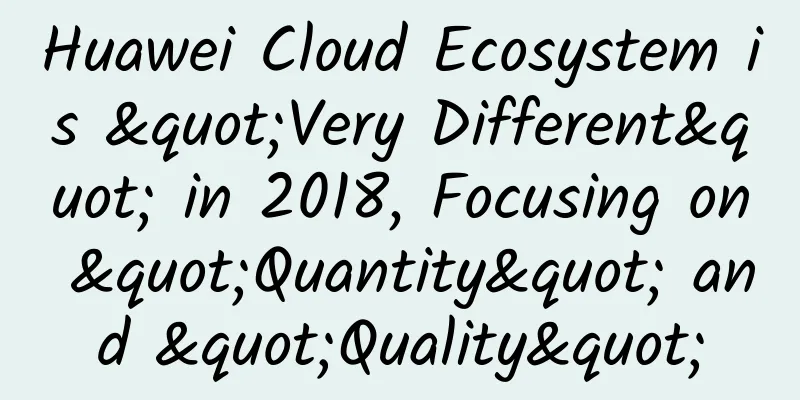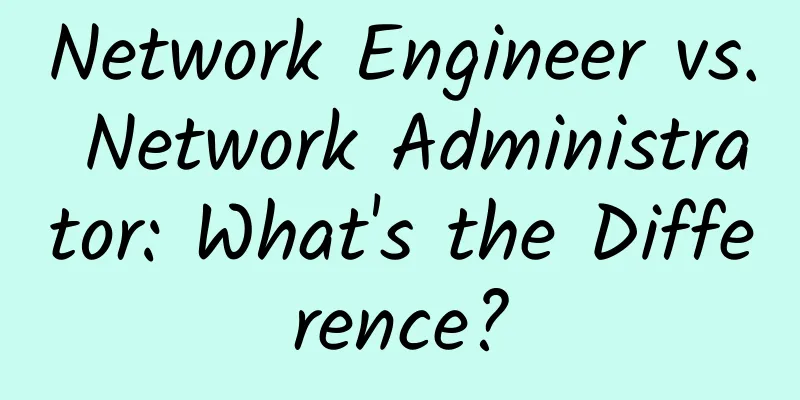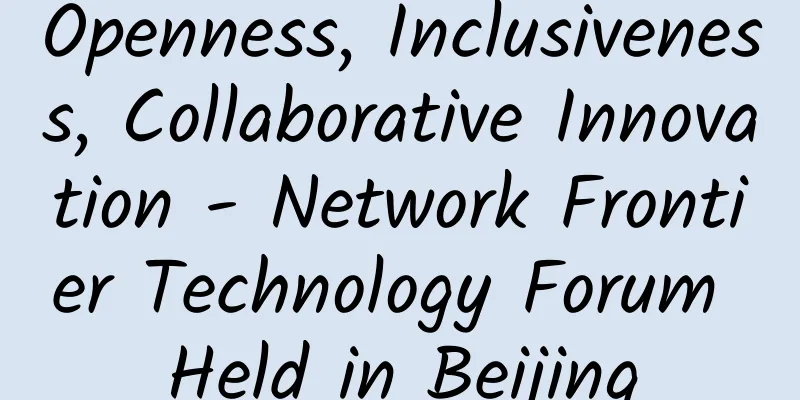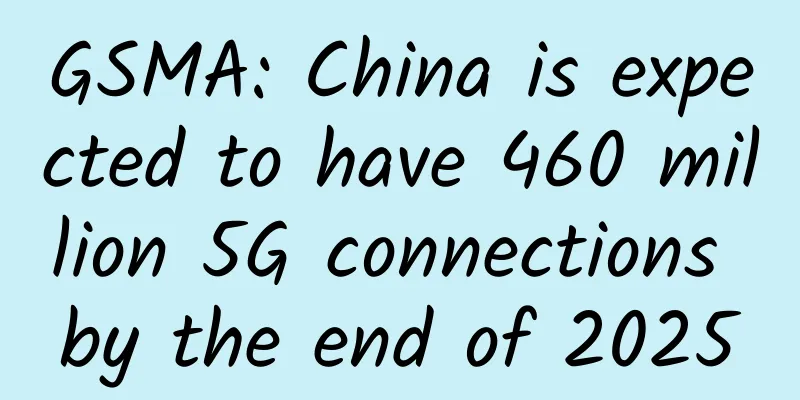Shocked! Is it possible to disguise yourself on the Internet?

The question of “a lot of money”Boss Wang runs a company called PTN (Packet Transport Network), which mainly uses optical fiber as a medium to provide transmission technology for various voice and data services. With the advantages of high reliability and flexible scalability of its product technology, PTN has gradually replaced its rival SDH (Synchronous Digital Hierarchy) company and gained a place in the bearer network market. SDH is a company that mainly transmits voice services based on TDM (Time Division Multiplexing) technology. The commercial competition among companies in the bearer network market is very exciting, but this is another story. Please stay tuned. Here is a short story about PTN. One day, Boss Wang took the technical director to meet a big customer, Ms. "A Lot of Money". In the negotiation room, Boss Wang explained to Ms. Qian that their PTN technology can perfectly solve problems such as network bandwidth bottlenecks. Later in the conversation, Boss Wang asked Ms. Qian whether she was willing to use their company's products. Ms. Qian began to look embarrassed: "Mr. Wang, I am very interested in your company's products, but I have two questions:
Li Chenggong's trickTechnical Director Lao Li spoke up: "We already have solutions to these two problems. After the PTN backbone network is built, traditional networks such as SDH can be moved down to the access network. We can perform "disguise" on the received services and disguise them into the appearance recognized by PTN. When they are about to leave the PTN network and reach the user, we will remove the disguise. This can perfectly solve your problem. We call this "disguise" PWE3." Ms. Qian gave a thumbs up and said, "Great! I am very interested in your PWE3 technology. I hope this solution can be implemented quickly." PWE3: The Art of Disguise in Transmission NetworksWhat is PWE3?PWE3 (Pseudo-Wire Emulation Edge-to-Edge) is a Layer 2 service bearer technology that simulates the basic behaviors and characteristics of ATM, frame relay, Ethernet, TDM/SDH and other services as realistically as possible in the PTN network. The core idea of this technology is to establish an end-to-end virtual channel between the service sender and the receiver, and realize the transmission of different services in this channel. During the transmission process, it does not care about what service is transmitted, but is only responsible for encapsulation and transmission. How does PWE3 disguise itself?Before introducing PWE3 in detail, let me first briefly introduce the key components of PWE3.
How do businesses manage to roam across the Internet in disguise?What is the service transmission process of PWE3? Combining the above introduction of PWE3 components and the following picture, we can use the cross-city express delivery as an analogy. Comparing the service to an express package, CE is equivalent to the express delivery station in the area, PE is equivalent to the city-level transfer center, and PW is equivalent to air, water, land and other transportation methods.
What is the secret to practicing the art of disguise?The secret weapon of PWE3 is to use the PW signaling protocol to establish PW. After the PW is established, various services can be transmitted within their respective simulated virtual links. The following uses the mainstream LDP signaling protocol as an example to describe how to use the PW signaling protocol to establish and delete PW. We use two figures to introduce it. Create a pw schematic
Delete pw schematic
"Li Chenggong" work summaryThe PWE3 disguise solution was successfully implemented, and PTN received a large order from Ms. Qian. At the project review meeting, Director Li sorted out and summarized the highlights of this solution:
|
<<: Bypassing 5G and heading straight for 6G, Russia made an "incredible" decision
>>: Regarding "computing power", this article is worth reading
Recommend
Zero code, new momentum—the "Jiandao Cloud Zero Code Special" of the 2021 Fanruan Intelligence Conference concluded successfully!
On November 27, 2021, the "Jiandao Cloud Zer...
The basic concepts of Kafka producers, consumers, and brokers
Kafka is a publishing and subscription-based mess...
XSX: $47.9/year-1GB/20GB/600GB/100-500Mbps/Japan & Singapore & Hong Kong CN2 optional
XSX is the original PZEA renamed. The merchant ha...
Solution to Failed to start LSB: Bring up/down networking when starting CentOS
I encountered this problem on a physical server. ...
Huawei's new ICT empowers enterprises to actively embrace digital transformation
[51CTO.com original article] Huawei's 16th Gl...
How does network monitoring work?
Network monitoring complements network management...
CommScope launches new access point portfolio to accelerate enterprise-class Wi-Fi 6 adoption
Shanghai, China, June 9, 2020 – CommScope recentl...
CUBECLOUD Anniversary 30% off Lite Series/15% off Pro Series, available in CN2 GIA Hong Kong/CN2 GIA Los Angeles
CUBECLOUD is currently holding an anniversary eve...
5G development: Don’t be afraid of the clouds blocking your view
Although some voices that are pessimistic about 5...
The three major operators have cancelled data roaming charges, and data charges still have room for reduction
Recently, China Mobile, China Telecom and China U...
The most beautiful ecosystem is on the road. Huawei China ICT Ecosystem Tour 2018 demonstrates the "power of walking"
[51CTO.com original article] At the end of May, t...
Digital transformation enters the "immersion period". Huawei helps government and enterprise industries embrace digitalization without blind spots.
[51CTO.com original article] Recently, the recurr...
Impinj Releases Advanced RAIN RFID Chip, Unlocking New Opportunities for IoT Devices
Impinj, Inc. (NASDAQ: PI), a leading RAIN RFID pr...
Digital-vm is 40% off in June, KVM VPS monthly payment starts from $2.4, 1-10Gbps bandwidth, 8 data centers in the United States/Japan/Singapore
Digital-vm has released a 40% discount code that ...
VMISS newly launched Hong Kong international line VPS with 30% discount and annual payment starting from 10 US dollars, and you can choose US CN2 GIA/AS9929/CMIN2, etc.
A few days ago, we shared the information about D...









![[6.18] 80VPS regular VPS 50% off, special VPS annual payment starting from 199 yuan, multiple data centers in the United States/Hong Kong/Japan/Korea, etc.](/upload/images/67cabe7c72368.webp)